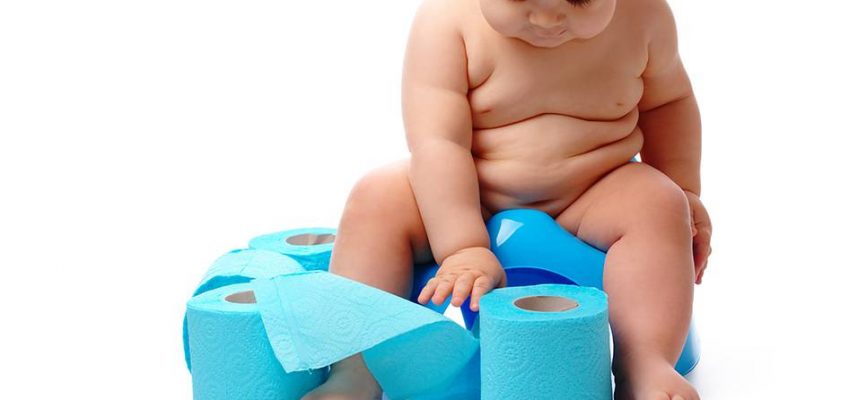
10 tips for potty training
- Have the right attitude: Start when you are ready, not because someone else wants you to start. Be positive and ready to face the challenges ahead.
- Recognise and remember your main objective: Why do you want to potty train your baby? Personally, I dislike flattened / squashed poop on bums and diapers, so cleanliness became my key motivation. When you face lack of progress or regression, remember your main objective.
- Choose a suitable time for sitting on the potty: Started with once a day, after your baby is well-rested, well-fed and before his bath, when his diapers have to be off anyway. Gradually increase potty-time to during every diaper change.
- Be patient: If baby fusses and refuses to sit on the potty, it is ok. Just try again at the next diaper change or the next day. I believe in only associating pleasant experiences with the potty. It does not matter whether there is output or not. The objective of pre-potty training is to let baby get used to sitting on the potty.
- Lots of smiles and encouragement: This helps baby feel at ease during potty-time. The more relaxed the baby is, the easier to relieve her output. Try to meet your baby’s emotional needs at the potty.
- Introduce potty training hand signs and words: Choose your words and/or hand signs for pee-ing and poo-ing. Every caregiver for the baby has to be consistent in using the same words / hand signs. Other words to introduce are the names of private parts, the potty, farting, flushing, wiping, and washing.
- Make every little success a BIG deal: This helps baby know that she has done the right thing, and encourages her to repeat the success. After every pee / poo in the potty, show a big and sincere smile, clap hands excitedly, kiss him, hug him and say “Well done!”. .
- Continue with potty training during travels: On overseas and out of town trips, bring along a travel potty so that the routine continues. It could take only 3 days to break a child’s routine, so don’t risk regression once you have started potty training.
- Be cool about accidents: Expect pee/poo accidents to happen and be cool about it. It takes only a few minutes to wipe up a pee puddle or scoop poo up from the floor. Being prepared reduces the frustration.
- Use cloth diapers training pants: These help the child to feel the wetness, recognise the discomfort due to wet diapers and progress faster. Some modern cloth diapers are very stay-dry, so may not aid potty training. Cotton and bamboo are feel-wet fabrics. Microfleece feels relatively wet before wicking the wetness away. Suedecloth stays very dry.

